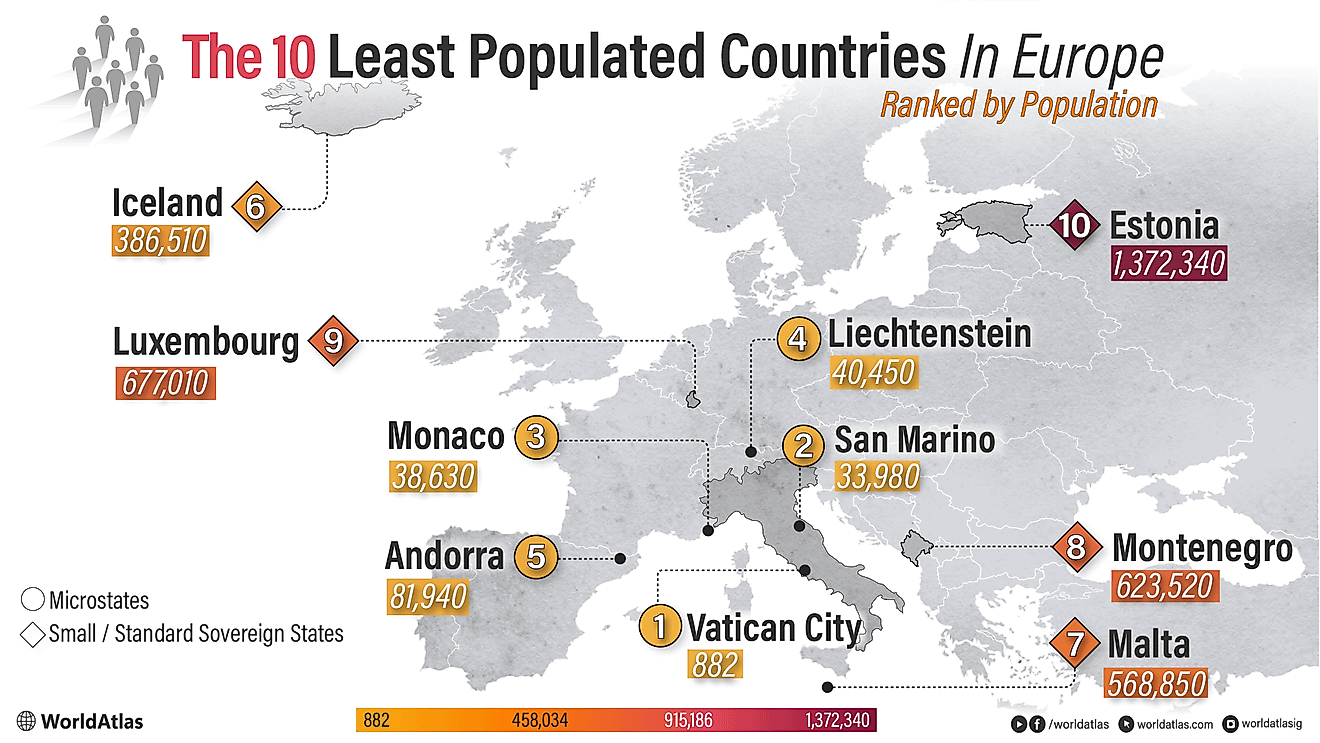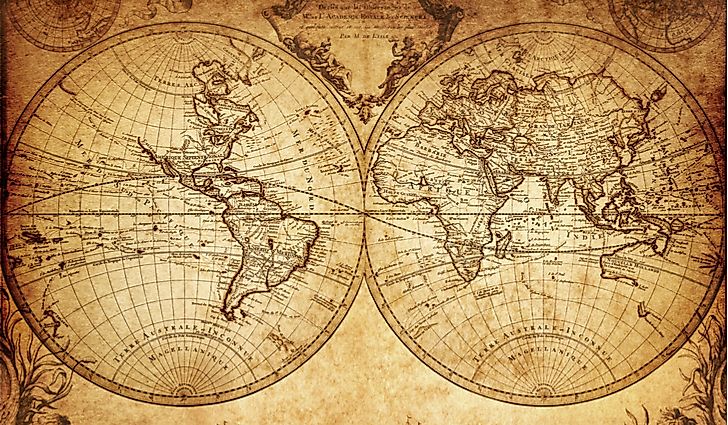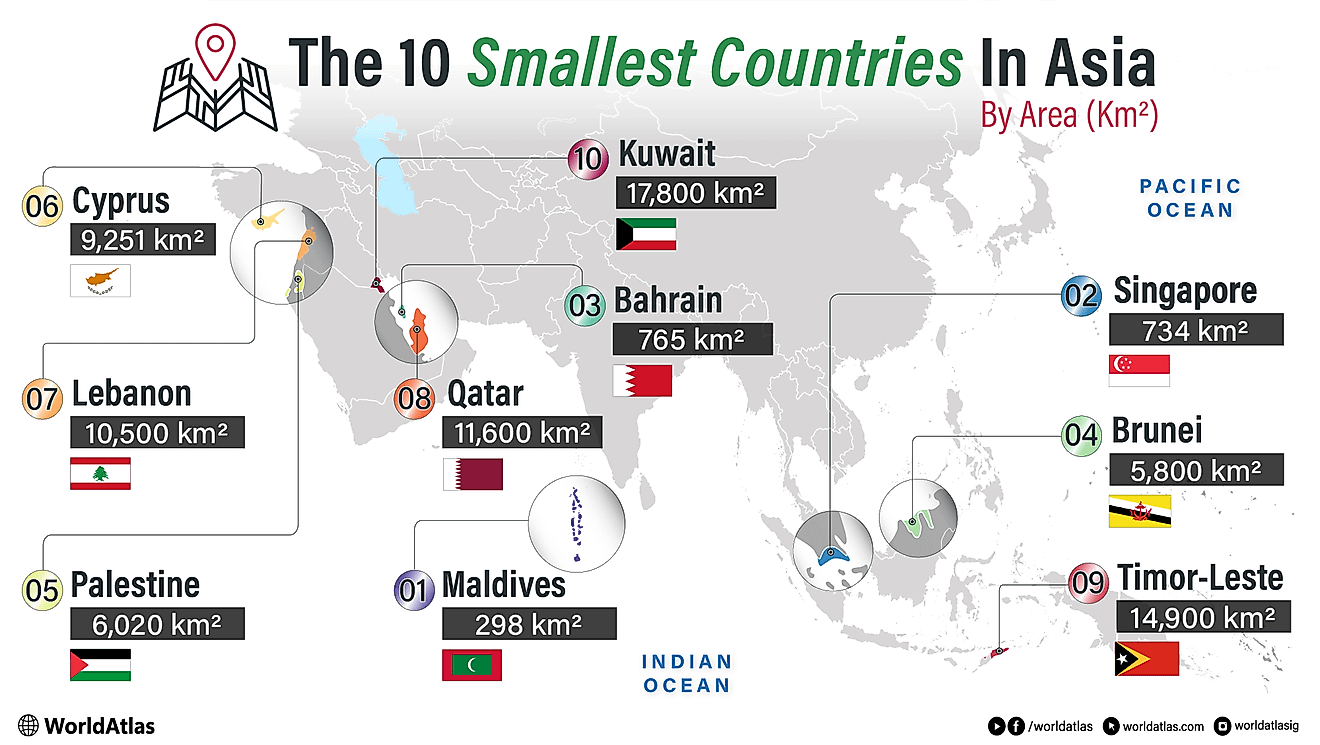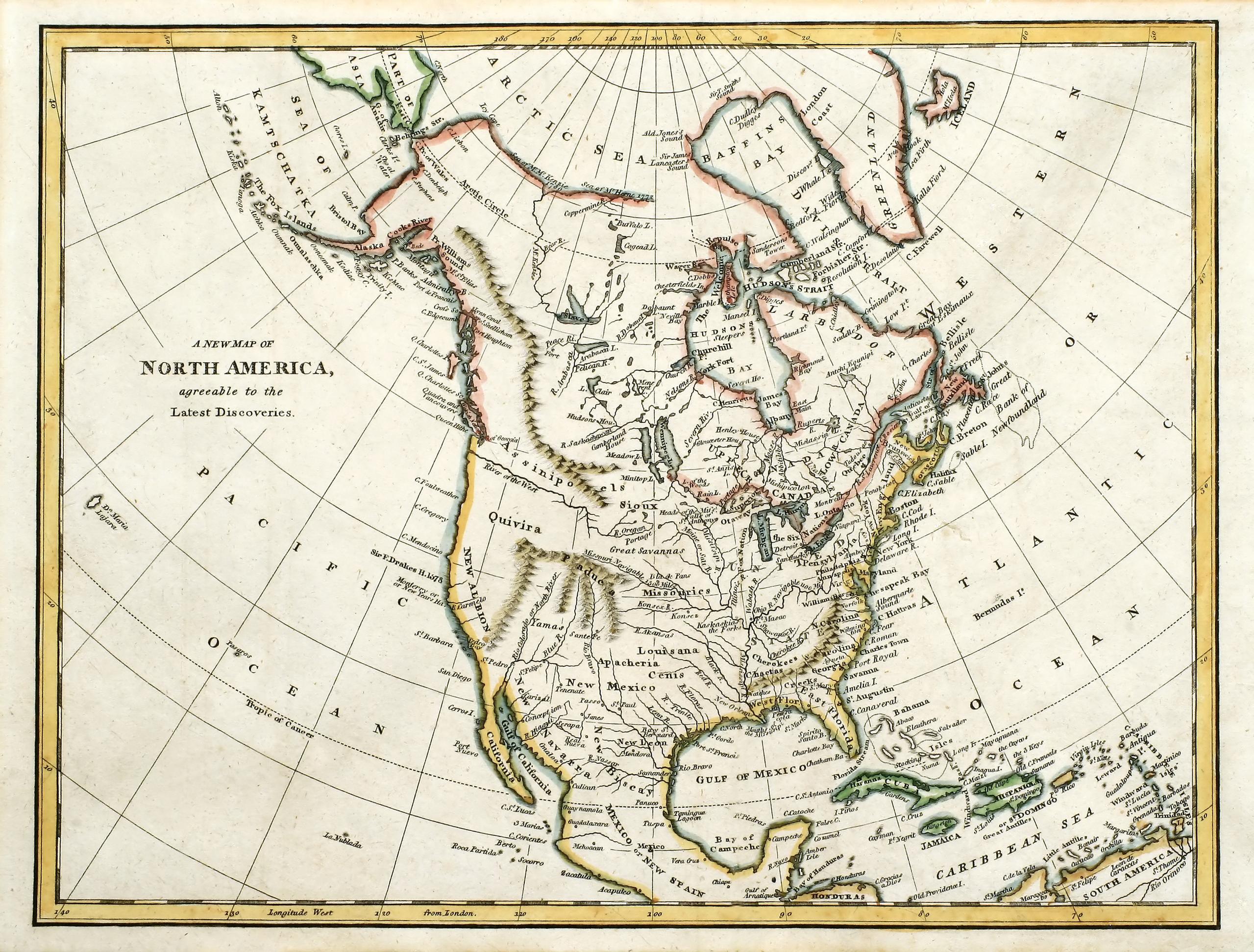
The Canadas
The Canadas were two British colonies in modern-day Canada that existed from 1791 to 1841. The British Constitutional Act of 1791 divided the colonial Province of Quebec into two separate colonies along the Ottawa River. The two colonies were later named “Upper” and “Lower” Canada due to their location and altitude along the St. Lawrence River. Upper Canada was located along the river’s upper section and included what is now Ontario’s southern portion, while Lower Canada occupied the region near the river’s mouth, covering modern Quebec’s southeastern parts. The two colonies, collectively known as the Canadas, merged in 1841 to form the Province of Canada, following the passing of the Act of Union 1840 by the British Parliament.
History
The British Parliament created the Province of Quebec in 1763, at the end of the Seven Years’ War fought between France and Britain. During this war, the British took up French Canada, known as New France, and effectively ended French claim to Canada through the Treaty of Paris. After the American Revolutionary War, Loyalist refugees (American colonialists loyal to the Crown) began streaming into the newly created province, shifting the region’s demographics. Most of these loyalists occupied mainly Montreal, Eastern Township, and pays d'en Haut (west of the Ottawa River, now Ontario). The French-speaking Canadians occupied the lower parts of the St. Lawrence River.
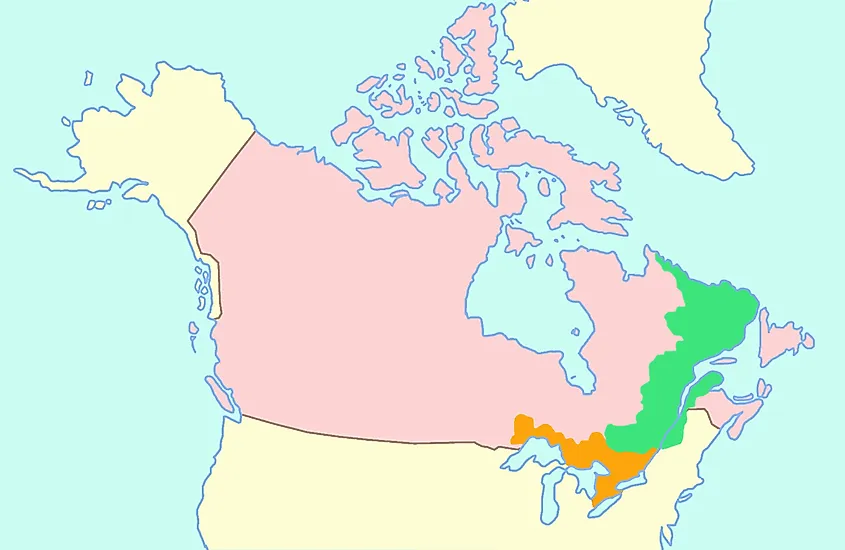
The Constitutional Act, which took effect on December 26, divided the Province of Quebec into two to accommodate both the 10,000 Loyalists and over 140,000 French-speaking Canadians. The colony was divided along the Ottawa River, with the eastern half becoming Lower Canada and the western half becoming Upper Canada. The Loyalists occupied mainly Upper Canada and maintained English laws, while French-speaking Canadians occupied Lower Canada and preserved French laws and the seigneurial system.
Between 1837 and 1838, two uprisings took place in the Canadas, prompting the British Parliament to send Lord Durham to investigate the incidences in 1838. In his report, Durham gave several recommendations, including the merging of the colonies. The British Parliament approved the Act of Union 1840, which went into effect in 1841, merging the Canadas into the Province of Canada. However, a responsible government was only established seven years later, in 1848.
Upper Canada
Upper Canada was the smaller of the two colonies and occupied Ottawa River’s western portion. It covered areas such as Southern Ontario and pays d'en Haut in Northern Ontario. Since it was near the United States border, it became the stopping point for most Loyalists streaming from the US after the American Revolutionary War. The provinces adopted the British system, including laws and institutions. Its constitution was a replica of the British constitution, based on mixed government. However, a small closed group of people known as the Family Compact dominated the colony’s government and held prestigious Legislative Council positions. Newark (modern-day Niagara-on-the-Lake) was the provincial capital until 1796 and later moved to Toronto, named York until 1834.
Lower Canada
The Province of Lower Canada encompassed lower parts of the St. Lawrence River, mainly present-day southern Quebec and extending into Labrador. However, Labrador was part of Lower Canada until 1809, when it became part of Newfoundland. The Colony comprised most parts of New France and contained a significant number of French-speaking Canadians. It was created to, among other things, allow the community to practice the French culture they were accustomed to. Lower Canada applied English and French laws and inherited the mixed institutions of the former Province of Quebec. The Canadas merged in 1841 to form the Province of Canada.
